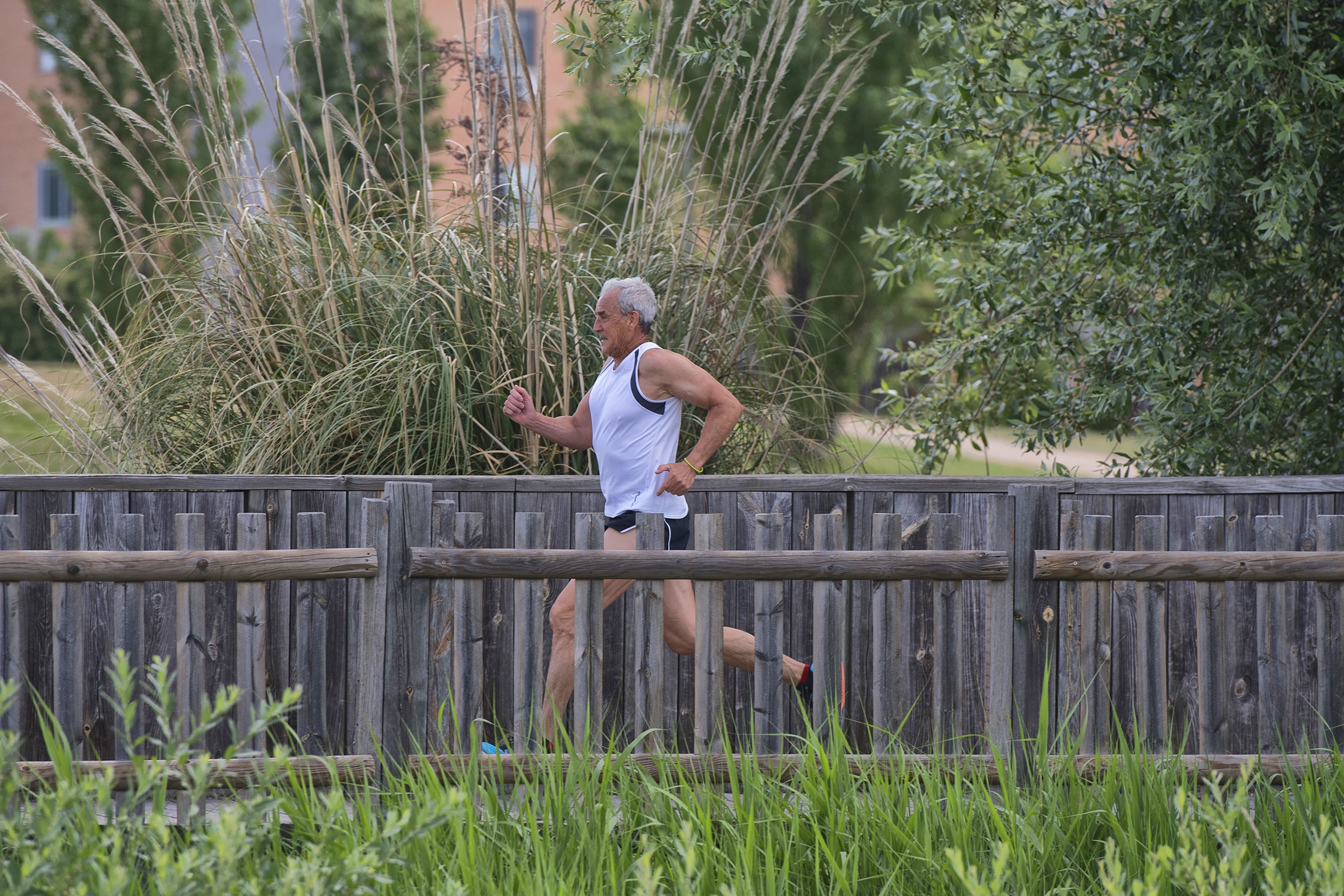Effects of endurance training, high intensity interval training, and resistance training were analyzed on how cells in the human body age, in a study involving 124 participants who had previously been inactive but were overall healthy; subjects were assigned one of the three methods of exercise at random.
High intensity training included a warm up, 4 bursts of alternating slow and intense running followed by a cool down; resistance exercises included circuit training on 8 machines working the abs, back, arms, and legs; and endurance training consisted of continuous running. Subjects completed assigned workouts 3 times per week for 45 minutes, while the control group continued to lead inactive lives.
Endurance and high intensity training was discovered to slow cellular aging and in some cases to reverse aging, while resistance training did not. Results were observed by measuring subject’s telomeres.
Telomere length is one of the major determinants of cell capability to divide and function. With age they begin to deteriorate, when no longer able to fulfil protective duties cells die. Telomeres diminishing is regulated by several proteins such as telomerase that counteract telomere shortening and can lengthen these protective structures.
Length of subject’s telomeres and telomerase was analyzed at the beginning and end of the study 6 months later. Compared to the control group those who were in the resistance training group had telomerase activity increase 2-3 fold; and length of telomeres significantly increased in those in the endurance and high intensity exercise groups.
Endurance and high intensity exercises were hypothesized to benefit telomeres because they affect levels of nitric oxide in blood vessels which contribute to changes in cells.
This study implies that resistance training should not be used in place of endurance and high intensity exercises, rather as a complementary form to be done in addition to a routine. Results characterize the cellular anti-aging effects of exercise and imply that telomeres adapt to physiological stress.




